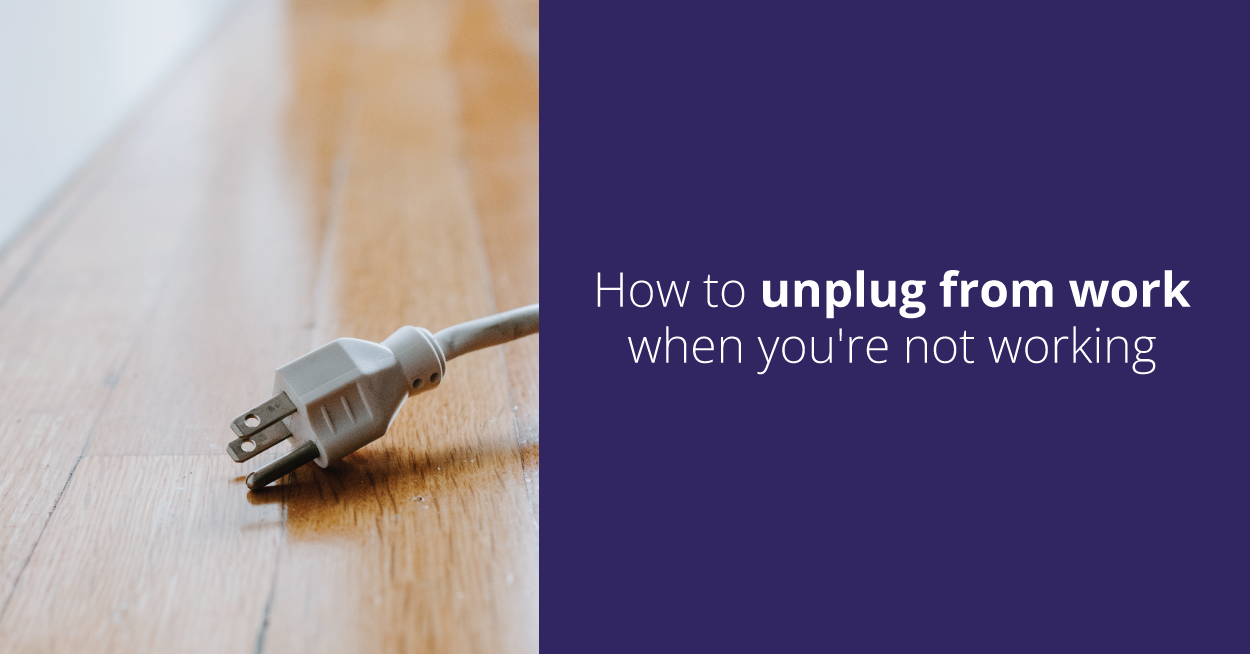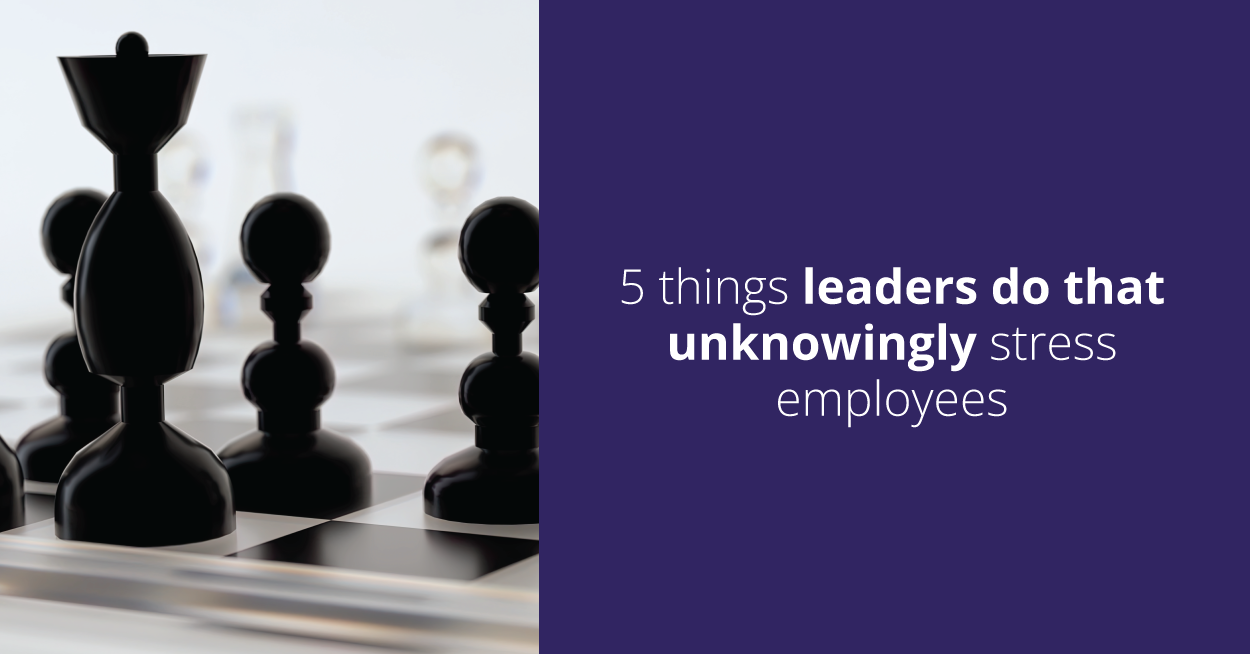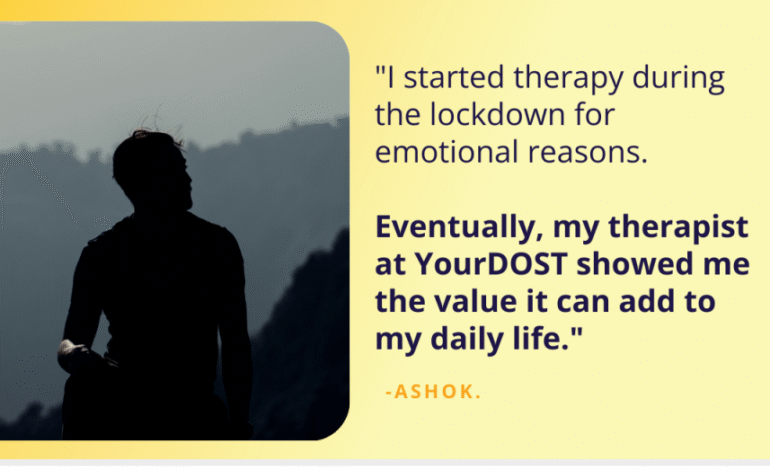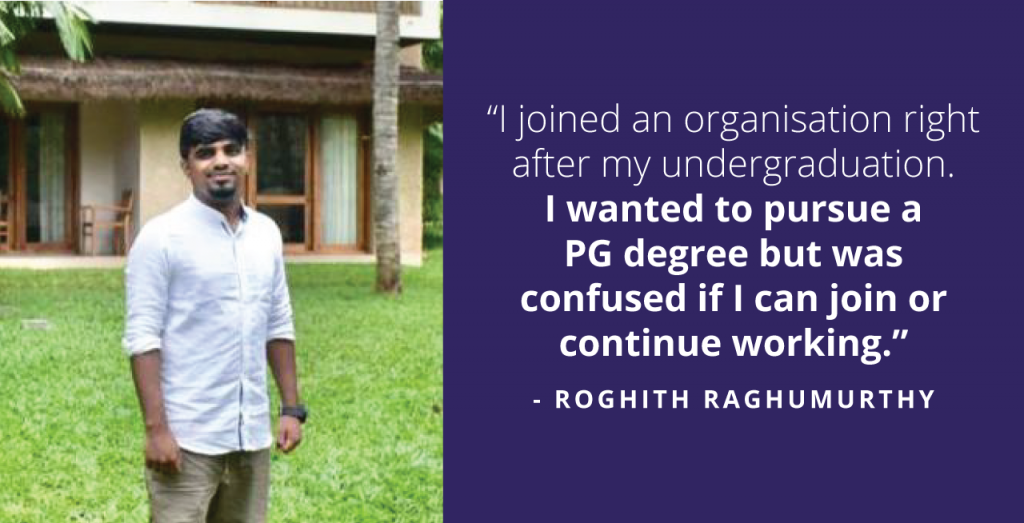
How to unplug from work when you’re not working

According to Buffer, “Unplugging from work became the #1 issue for remote workers in 2021.”
A study by LinkedIn confirmed the same, suggesting, “70% of professionals don’t fully unplug from work.”
Do you also work 9-11 hours daily and still strive to do something productive in your downtime?
If yes, it’s high time that you learn UNPLUGGING.
Taking some time off only improves productivity and restores work-life balance. Yet most individuals fail to prioritize their downtime. The real challenge is to let go of work-related thoughts and truly enjoy the time away without feeling guilty about it.
Here are some suggestions that can help you unplug from work when you’re not working –
Stop trying to ‘win’ at rest
From ‘working seven days a week’ to ‘taking a month-long vacation’, you really can’t rush into relaxation one fine day. For when you do so, you go from 100 kmph to 0 kmph at once, leaving your system in shock/out-of-repair. Most of us try to ‘win at rest’ by extending breaks or going ‘missing-in-action’ suddenly. However, unplugging is a process that should occur at a regular interval and at a good pace.
Here’s how you can excel at unplugging by not trying to win –
- Take a break before you break- Do not wait for the right time or a burnout to take a ‘good rest.’ Stop and breathe, meditate for 5 minutes or take a walk to unplug now and then.
- Go slow and steady- Shift gears steadily from long unperturbed hours to taking one break to taking more frequent breaks so that you don’t get overwhelmed by the change.
- Try a monthly/weekly routine- Create personal routines for unwinding. For instance, block a short break after each long call or decide a monthly off, on a certain day/date.

Create friction off-work
Unplugging from work is a lot easier when you keep yourself deliberately away from it. If your problem is ‘staying plugged at all times,’ make it harder to go back to work when you’re off it.
Here are a few tips on creating friction when you’re not working-
- Set ‘screen-time’ boundaries by setting time limits/reminders
- Get rid of office apps and work emails from your phone (if possible)
- Pick up a hobby that forces you to unplug like reading, gardening, etc.
- List down intrusive work thoughts and address them during work hours
- Consider rotational contingency plans that allows everyone to switch off at regular intervals
While there are many ways to unplug, following the above sure-shot strategies can help you plan them better. But unplugging is useless if you’re not taking a healthy break. We suggest you do a S.W.O.T. analysis of the ‘away time’ you take to unplug and work efficiently.

And while you’re on it, stop fretting if you are unable to switch off from work always. Being committed to work just signifies the importance of the same in your life. As long as work doesn’t hamper your personal and professional goals, it’s okay to ‘not take a break’ sometimes too.
Choose what’s best for you. Filter the noise. And when you unplug, commit yourself to it!






